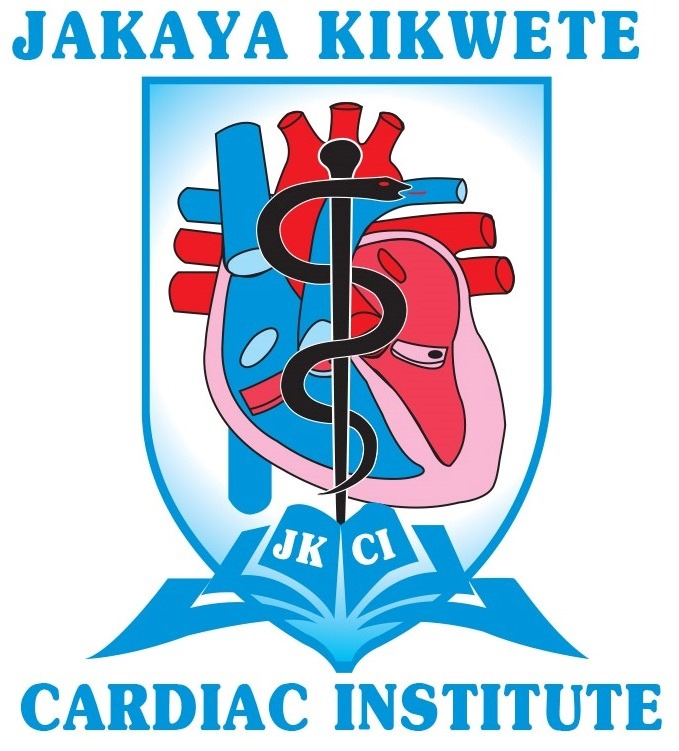Publications
-
1 download
Abstract
Background: Besides survival and recovery, women afflicted with peripartum cardiomyopathy (PPCM) harbor significant apprehension regarding the safety of future pregnancies. Current knowledge regarding the maternal and fetal outcomes in subsequent pregnancies among women with a history of PPCM is sparse. Likewise, there is insufficient medical evidence to provide guidance for women who opt to become pregnant again after experiencing PPCM.
Research Questions: What is the feto-maternal prognosis of subsequent pregnancies following a history of PPCM?
Aims: To describe the fetal and maternal outcomes of subsequent pregnancies following a history of PPCM.
Methods: We included women from the Tanzania PPCM registry who had subsequent pregnancies after PPCM and assessed PPCM recurrence, maternal prognosis, and fetal outcomes.
Results: Among the 870 survivors (286 of whom left ventricular function had returned to normal [group 1] and 584 with persistent left ventricular dysfunction [group 2]), subsequent pregnancies were observed in 121 (13.9%) women (78 in group 1 and 43 in group 2). Forty (51.3%) women in group 1 had PPCM relapse, and during a mean follow-up of 896 days, 34 (85.0%) had complete recovery, 3 (7.5%) had persistent heart failure, and 3 (7.5%) died. In group 2, four (9.3%) women had complete recovery, 32 (74.4%) had persistent heart failure, and 7 (16.3%) died. The infant mortality rate was 23.4%.
Conclusions: After the initial pregnancy complicated by peripartum cardiomyopathy, subsequent pregnancies could lead to PPCM relapse and deleterious feto-maternal outcomes, including death.
| https://www.ahajournals.org/doi/abs/10.1161/circ.150.suppl_1.4114436 -
2 download
Authors: *Naizihijwa G. Majani 1,5 , Pilly Chillo 2, Mkiwa Akida3, Judith Lamosai 6, Deogratias Nkya 1,9, Stella Mongella 1, Zawadi, Kalezi 1 Godwin Sharau 8, Vivienne Mlawi 8 , Peter Kisenge, 7, Mohamed Janabi 7, Diederick E. Grobbee 5 , Martijn. G. Slieker 4
Authors Affiliation:
- Department of Pediatric Cardiology, Jakaya Kikwete Cardiac Institute, Dar es Salaam, Tanzania
- Department of Internal Medicine, Muhimbili University of Health and Allied Sciences (MUHAS), Dar es Salaam, Tanzania
- Department of Pediatrics, Mwananyamala Regional Hospital, Dar es Salaam, Tanzania.
- Department of Pediatric Cardiology, Wilhelmina Children’s Hospital, Utrecht, The Netherlands
- Julius Global Health, Julius Center for Health Sciences and Primary Care, Utrecht University, Utrecht, The Netherlands
- Department of Pediatrics, Muhimbili National Hospital, Dar es Salaam, Tanzania
- Department of Adult Cardiology, Jakaya Kikwete Cardiac Institute, Dar es Salaam, Tanzania
- Directorate of Surgery, Jakaya Kikwete Cardiac Institute, Dar es Salaam, Tanzania
- Department of Pediatrics and Child Health, Muhimbili University of Health and Allied Sciences (MUHAS), Dar es Salaam, Tanzania
*The corresponding author Naizihijwa G. Majani
Keywords: Pulse Oximetry, Newborn screening, Neonatal sepsis, Neonatal mortality, Low resource setting.
Abstract
Background: Pulse oximetry (POX) is commonly used for early detection of Critical Congenital Heart Disease (CCHD) in newborns, but its potential for identifying other life-threatening conditions in low-resource settings is often overlooked. This study examines the role of POX in detecting conditions beyond CCHD in newborns in Dar es Salaam, Tanzania.
Methods: A prospective cohort study was conducted in two Tanzanian hospitals, focusing on identifying CCHD. Pre and post-ductal oxygen saturation (SpO2) readings were taken, and positive screens led to echocardiography evaluations. Newborns with congenital heart disease (CHD) were referred to a cardiac institute, while others were sent to pediatricians for further assessment. Primary outcomes included diagnoses and management strategies for those referred, while secondary outcomes considered hospital stays and survival rates at six months.
Results: Between October 2020 and June 2023, 10,630 newborns were screened, with 51 (0.46%) testing positive for POX. Of these, 29 (59.2%) were referred to paediatricians, resulting in diagnoses of 10 (34.5%) with sepsis, 10 (34.5%) with transient tachypnea, and 8 (27.6%) with persistent pulmonary hypertension of the newborn. The median hospital stay was 9.2 days (IQR: 7–14 days), and the overall mortality rate was 13.8%, with a six-month survival rate of 86.2%. Newborns diagnosed with sepsis showed the highest mortality.
Conclusion: In Tanzania, POX should be utilized as a vital screening tool for both CCHD and other serious neonatal conditions, such as sepsis. Integrating routine POX screening can enable prompt treatment of significant but often asymptomatic conditions in newborns
|

